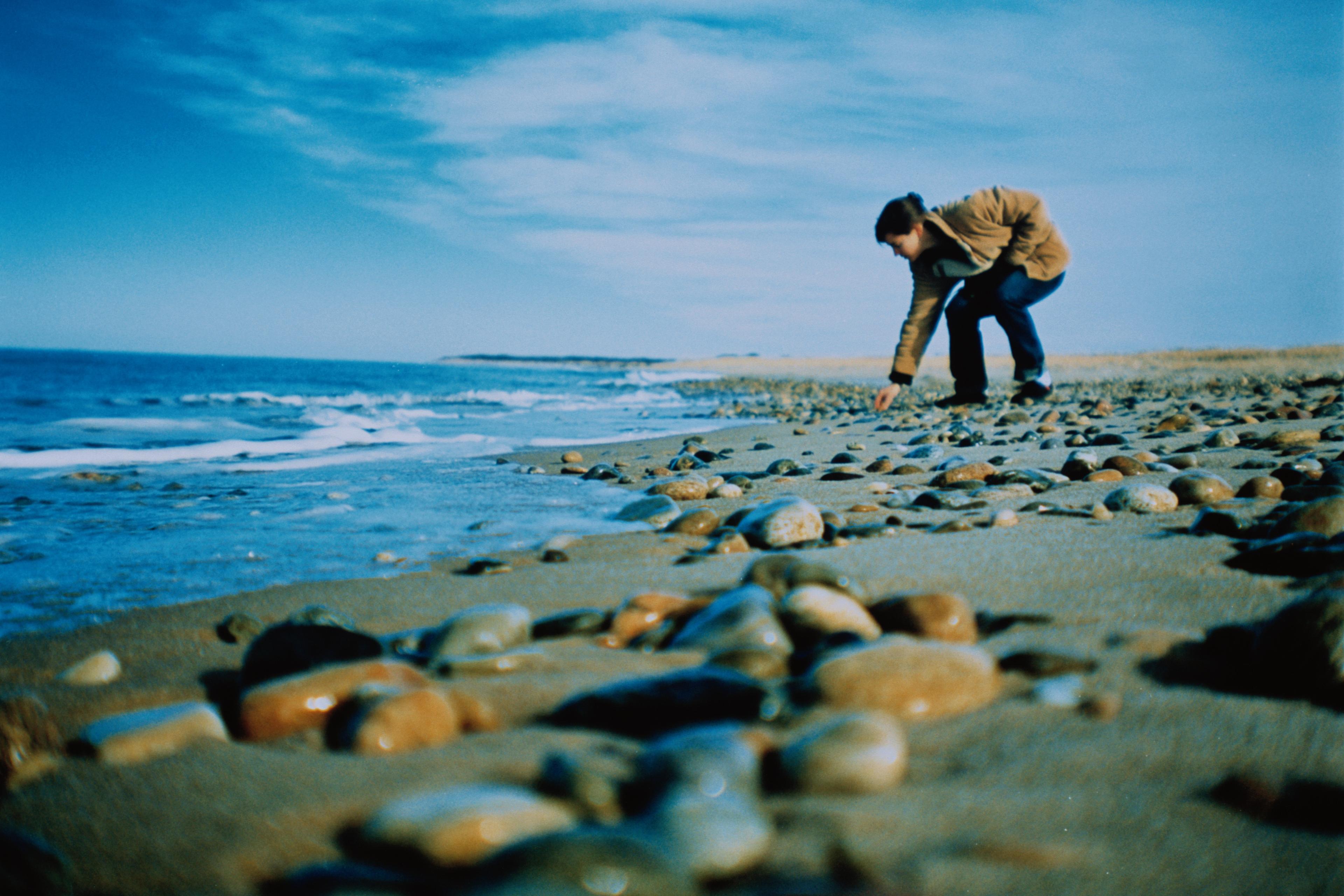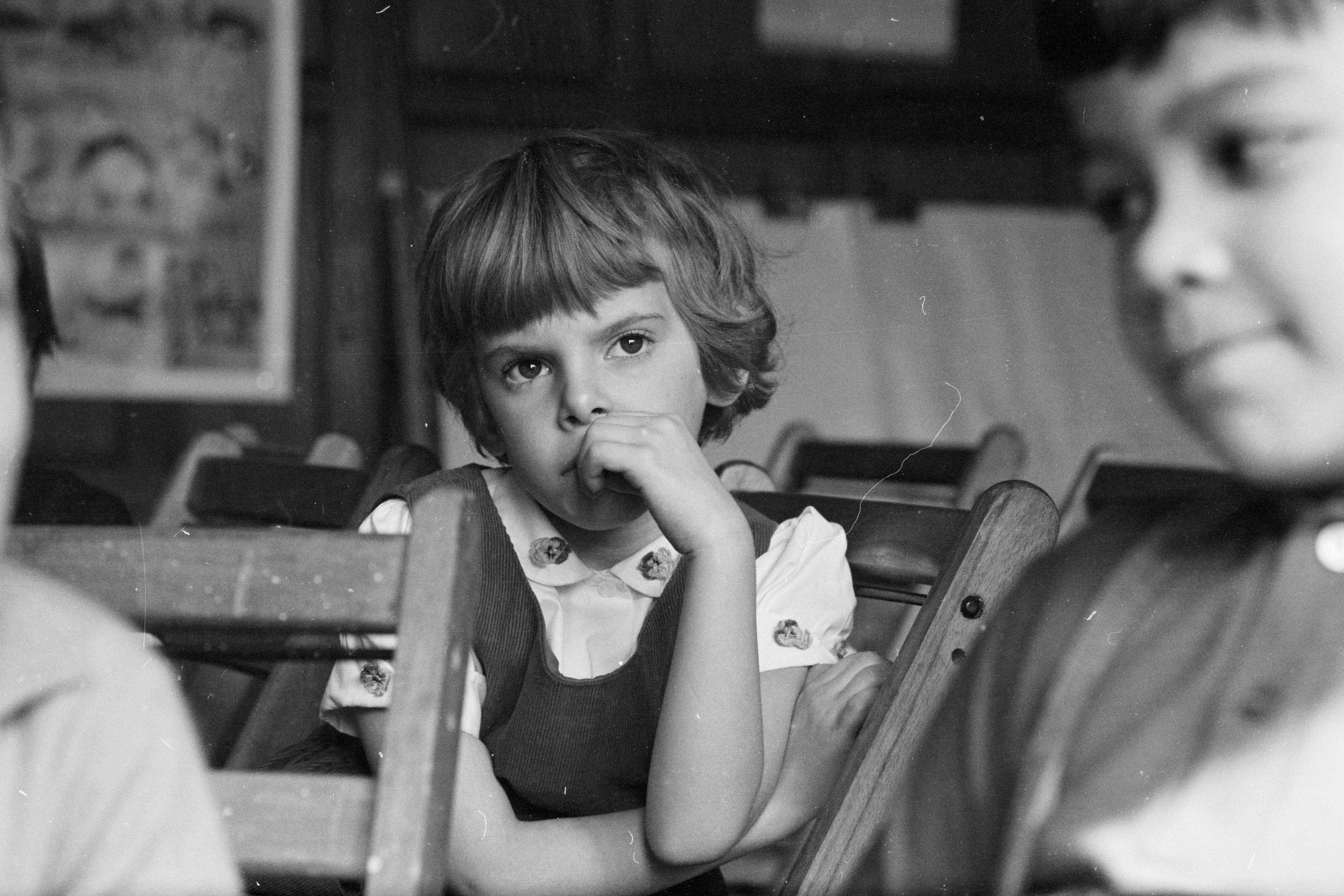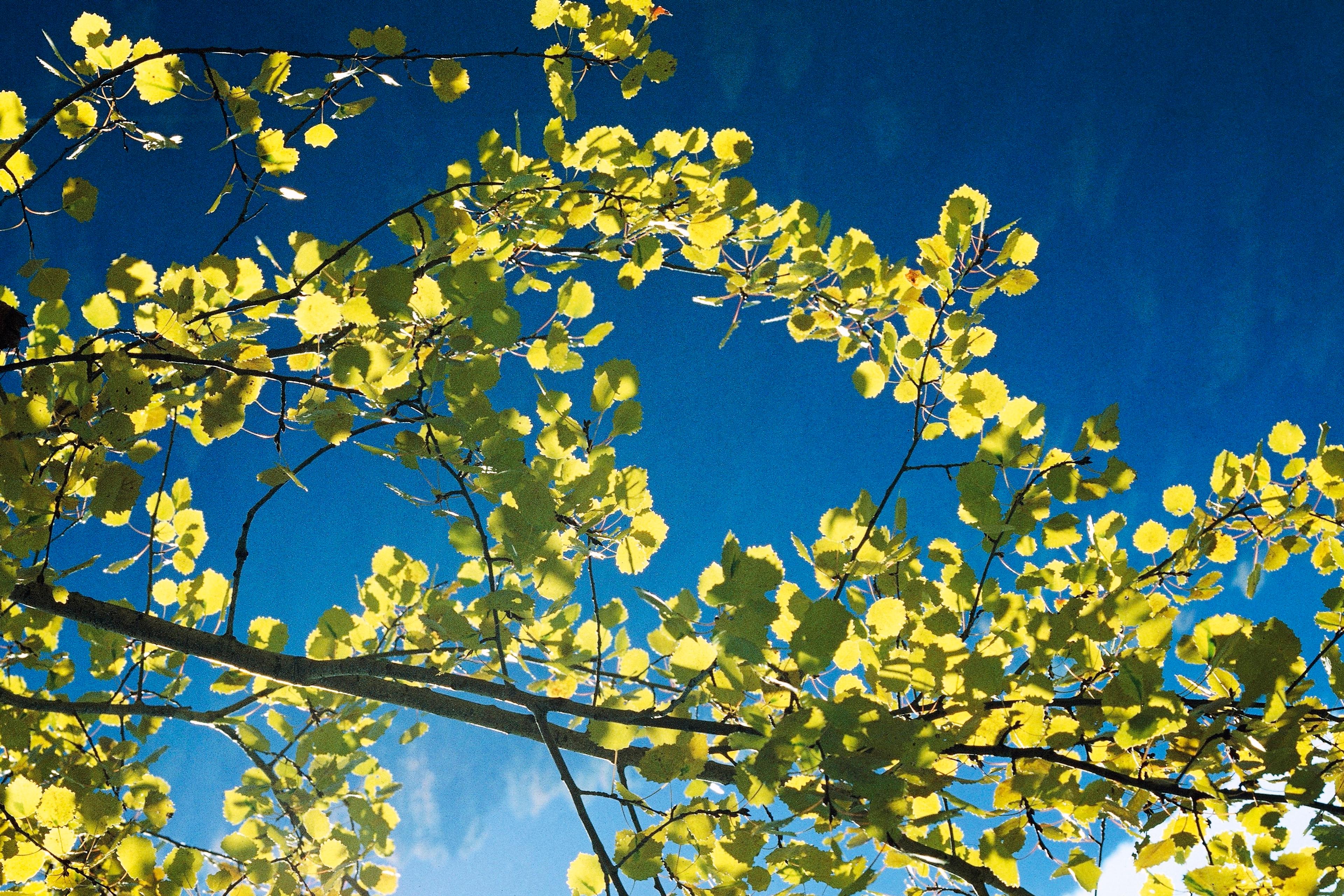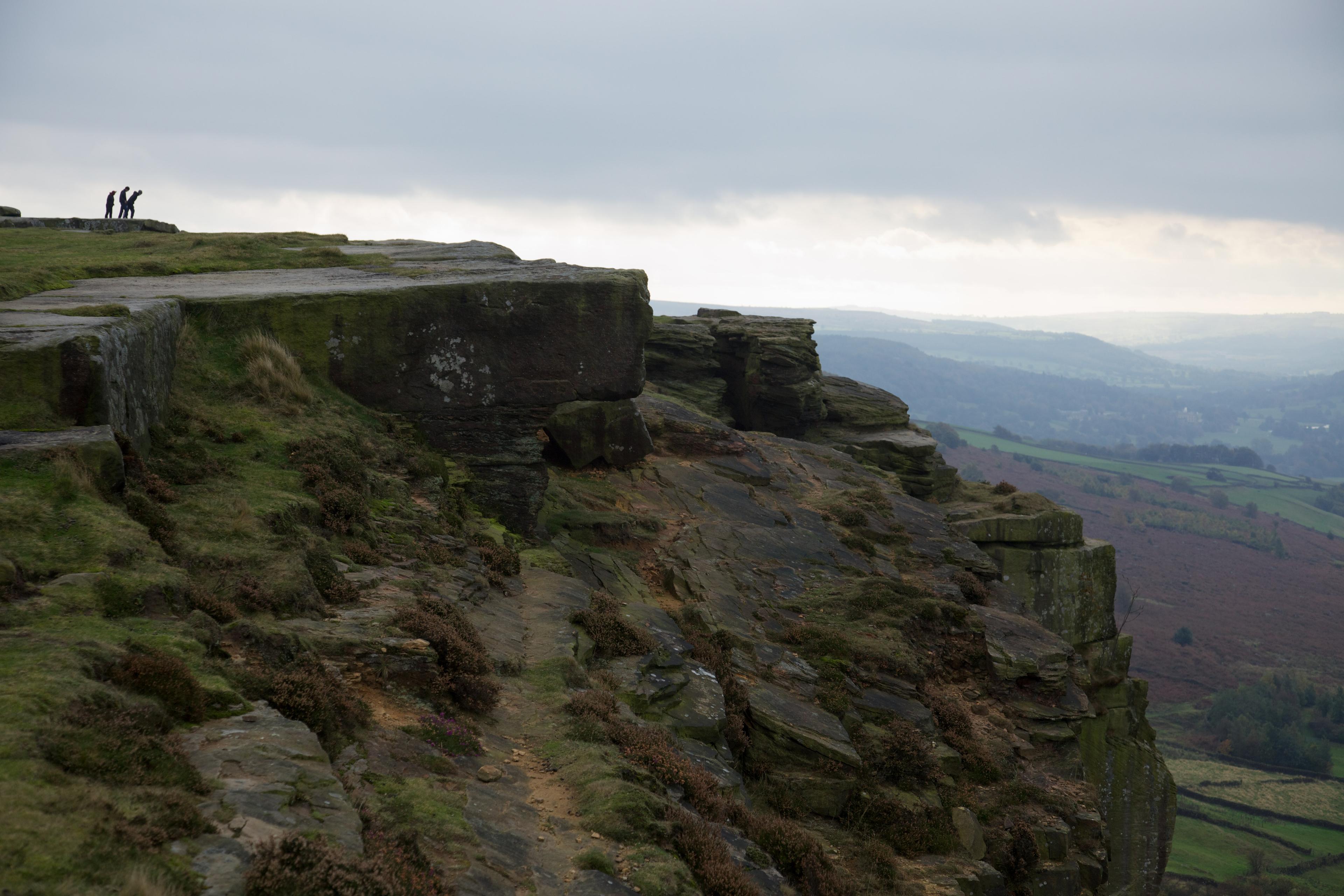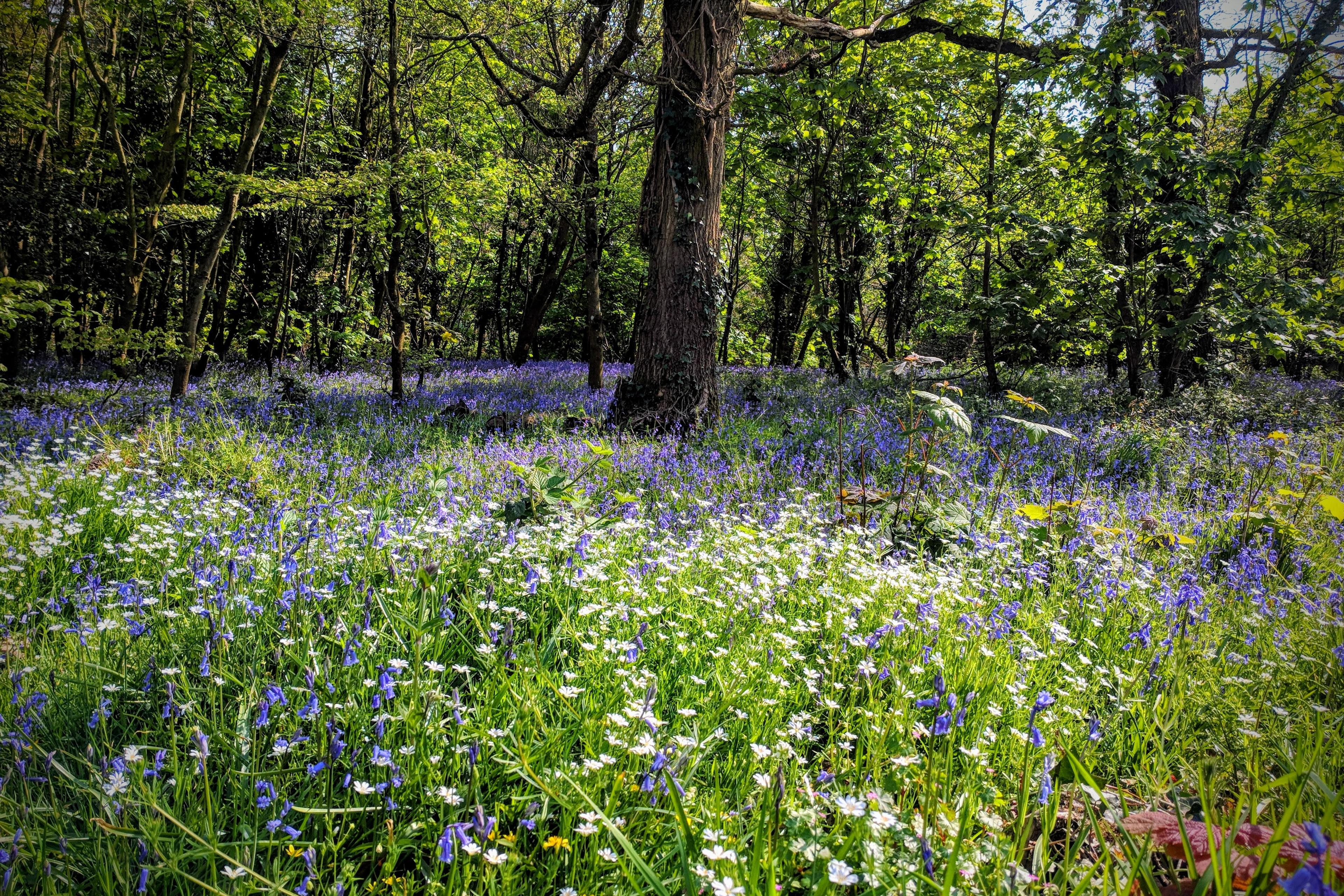Wonder is generally thought to be a good thing. We cultivate it in young children and commend it in our greatest scientists. Curiosity and awe, each representing distinct facets of wonder, inspire public enthusiasm for science and are integral to the advancement of knowledge. Yet, for all the praise it garners, wonder has long been met with vocal detractors.
Theologians have sometimes taken a jaundiced view of wonder expressed as curiosity, condemning its tendency to trespass into idle or forbidden knowledge. Augustine, the 5th-century theologian whose views on curiosity dominated European thought for several centuries, considered it a vainglorious vice that puffs one up with pride. Curiosity was a perversion of the intellectual appetite owing to its acquisitive, grasping impulse. While it reliably returns new knowledge, curiosity’s reach always exceeds its possessive grasp, consigning the wonderer to eternal dissatisfaction. Oddly, curiosity’s quest for knowledge is both closed and infinite – narrowly circumscribed by its fixation on a given object, yet interminable because its appetite cannot be sated. For Augustine, prideful curiosity stood in the way of virtuous, open-ended enquiry into all things, including the relationship of all things to God. In short, curiosity could distract the wonderer from God, while making a god of oneself.
Philosophers have expressed ambivalence toward wonder as well. In the 17th century, Francis Bacon disparaged wonder as a form of broken knowledge, ‘nothing else but contemplation broken off, or losing itself’. Rather than convey the wonderer toward explanation, excessive wonder can engender stupefaction, prolonging instead of curing the conditions of ignorance that give rise to enquiry. Concerns about the soporific quality of wonder – its power to induce open-mouthed astonishment – hint at the quality of awe that sometimes infuses wonder. If curiosity can be faulted for its blinkered pursuit of solutions to puzzles, an excess of wonder can stall the mind, leading enquiry nowhere at all. Awestruck, gaping wonder might be admissible, Bacon believed, when contemplating the unparalleled greatness of God, whose mysteries science can never fully fathom. But it was at best unbecoming, and at worst a serious liability, for the scientist.
These misgivings go against a widespread and commonsense perception that wonder has a positive role to play in the realm of science and in the daily lives of regular people, religious or otherwise. Today, wonder is often invoked as if its meaning were self-evident, or self-evidently good. The commonsense view of wonder’s goodness has merit. But in order to gauge its value, we must get clearer on what wonder is, and for whom or what it might be good. This is no simple task, for our inherited notions of wonder have been shaped by centuries of theological and scientific debate about licit and illicit forms of knowledge, and the nature of the division of labour between science and religion. Moreover, ‘wonder’ connotes vastly different things to different people. As indicated by references to small children and professional scientists as the purported standard-bearers of wonder, descriptions of wonder run the gamut from experiences of spontaneous, innocent delight to highly trained habits of thought. Adding to wonder’s complexity, as we have already seen, is its entanglement with cognate terms such as curiosity and awe.
In our time, wonder has shed many of its theological trappings, but an aura of something spiritual envelopes it still. Entire research programmes have sprung up around wonder and awe, as investigators seek to understand when and how people experience these states, and what the consequences may be. Many researchers today regard awe as the key term of interest and empirical study, around which orbit a cluster of related responses we call wonder or curiosity. I disagree. Wonder, I think, is the overarching category, shading into childlike amazement at one end of the spectrum, and exhibiting reverent, even terrifying awe, at its other extreme. (Consider that wonder’s etymology – wunde – suggests a wound).
Wonder that remains open to mystery and uncertainty – without abjuring knowledge and explanation – captures what is good about wonder. It is this species of wonder, I would argue, that is worthy of admiration and cultivation. Such wonder can exert the destabilising power of awe, without the mind-numbing paralysis that so troubled Bacon. In staking this claim, I affirm elements of the Augustinian critique of curiosity’s narrow preoccupation with its immediate objects (though without the overt theological commitments that animated Augustine’s harsh dismissal of curiosity). To its credit, curiosity lends wonder an active dimension, a jolt of focused energy that guides enquiry toward explanation. But knowledge guided solely by curiosity is like a dog endlessly chasing its own tail, unable to stop and assess the value of its pursuit and potential impacts on the wider world. Left to its own devices, curiosity is liable to devolve into what I call serial wonder – wonder’s counterfeit form, which moves impatiently from one object to the next, never dwelling for long once the mystery is replaced with secure knowledge, and the world resumes its familiar shape.
If awe is the dimension of wonder that holds it open to mystery or uncertainty, how is this feat accomplished? And how does awe contribute to the goodness of wonder? Awe erupts in the presence of phenomena experienced as powerfully vast, overwhelming or incomprehensible. It frequently sets in motion a process of adjustment, an accommodation of one’s mental apparatus to the experience or entity that elicited the awed response. Accommodation can be difficult, even painful. But empirical studies suggest that, when the process occurs, the result is not simply a return to the status quo but a shift in one’s perspective.
Awe-tinged wonder’s positive ethical potential is related to its power to unsettle the wonderer. It erodes the ego’s defences, throwing the wonderer slightly off her guard, so that she might come to view the world, and her place in it, differently. Research on wonder and awe seeks to understand this phenomenon of accommodation and its potentially significant – and salutary – effects. Investigators have pinpointed a distinction between short-term, experimentally induced awe (using immersive videos or images of landscapes) and ‘dispositional’ awe experienced by people in whom wonder has become a habitual mode of engagement with the world.
In some studies, short-term awe is found to lower tolerance for ambiguity and uncertainty in certain individuals. Here, awe’s destabilising impact provokes ‘compensatory’ mechanisms that activate a retreat to certainty. For these individuals, compensation leads them to seek the relative security of religion or scientism (a dogmatic, religious-like faith in science). The certainty of religion or scientism restores a sense of normality and control that an ephemeral experience of awe has temporarily disrupted. The result is entrenchment.
Note, then, that withdrawal from ambiguity and mystery are potential outcomes of both curiosity and short-lived awe. Each in its own way entails discomfort with what it does not readily comprehend, a need to make what is disconcertingly strange familiar again.
But what of dispositional awe? Individuals who report regularly experiencing awe and wonder, by contrast, exhibit greater tolerance for ambiguity and uncertainty. Dispositional awe, moreover, is associated with an increased understanding of the nature of science. This suggests that, contrary to Bacon’s concerns, an abiding and durable sense of wonder can be fully consistent with the pursuit of knowledge. Indeed, the very open-endedness of dispositional awe, its capacity to resist ‘cognitive closure’, makes it congenial to scientific practice (distinct from scientism), where the ability to accommodate novel findings, and to revise or reject old beliefs, is critical.
What researchers label dispositional awe is what I consider genuine wonder, or wonder at its best.
Contemporary studies of awe and wonder may have relevance for how humans perceive nature and the nonhuman world. Dispositional awe – call it wonder – resembles an account of wonder proposed by the environmental pioneer Rachel Carson in the 1960s. In her posthumously published book The Sense of Wonder (1965), Carson defends a form of wonder ‘so indestructible that it would last throughout life’. Wonder of this sort is available not just to scientists but to all who are willing to place themselves ‘under the influence of earth, sea and sky and their amazing life’. In writings elsewhere, Carson argued that a sense of wonder cultivated over time – ideally, though not necessarily, beginning in childhood – provides a powerful antidote to dangerous impulses to master and control the natural world. The more attuned we are to the wonders of the Universe, she insisted, ‘the less taste we will have for the destruction of our race’.

